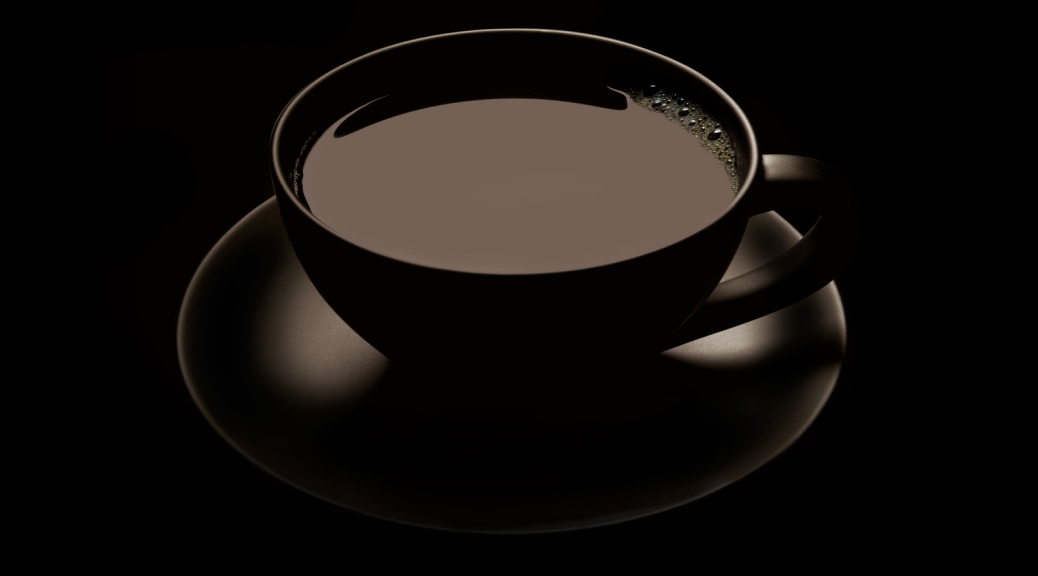As I mentioned last week, I've been reading Braiding Sweetgrass by Robin Wall Kimmerer. A passage caught my attention as I was riding the bus to work this morning, and I thought it might be an interesting way to approach this month's conversation.
Kimmerer talks about stories about the Windigo--a legendary monster with a heart made of ice that's insatiably hungry and is a cannibal that becomes more ravenous the more it eats. Say says, "It shrieks with its craving, its mind a torture of unmet want. Consumed by consumption, it lays waste to humankind." She doesn't bring this up, but I want to point out that while there are a number of stories about the Windigo in popular culture, they don't stay true to the stories the Anishinaabe people tell. (For more on that, check this out.)
Kimmerer says the following in reference to the footprints of the Windigo:
They're everywhere you look. They stomp in the industrial sludge of Onondaga Lake. And over a savagely clear-cut slope in the Oregon Coast Range where the early is slumping into the river. You can see them where coal mines rip off mountaintops in West Virginia and in oil-slick footprints on the beaches of the Gulf of Mexico. A square mile of industrial soybeans. A diamond mine in Rwanda. A closet stuffed with clothes that forces to read this article. Windigo footprints all, they are the tracks of insatiable consumption. So many have been bitten. You can see them walking the malls, eying your farm for a housing development, running for Congress.
We are all complicit. We've allowed the 'market' to define what we value so that the redefined common good seems to depend on profligate lifestyles that enrich the sellers while impoverishing the soul and the earth.
I'd love thought on this passage as well as thoughts on how you think about consumption in your own life.




 (3 votes, average: 8.33 out of 10)
(3 votes, average: 8.33 out of 10)





